Focus on Health and Safety Audit Questions
This article contains a list of questions that our health and safety consultants ask when conducting health and safety audits. Each article shows the test, the reason for the question, possible answers, common issues, the fail rate of businesses based on our sample data, advice on how to stay compliant, any additional information and our solutions. Click on the read more links below to be taken to the page for the question. This page will be updated as and when new question details are released.
Is your Health and Safety manual available, up to date and signed?
Is there a Health and Safety Manual available and is it up to date and signed? [read more]
Where is your Health and Safety Policy Statement, H&S Law Poster and Certificate of Employees Liability Insurance?
Is a current copy of the Health and Safety Policy Statement signed, dated and displayed on a staff notice board, together with the H&S Law Poster, and Cert of Employees Liability Insurance? [read more]
Would your management team know their Health and Safety responsibilities?
Ask a member of the management team about their responsibilities and where to find them documented (i.e. in the health and safety policy), and can they demonstrate a good understanding of requirements? [read more]
What is your system for reporting health and safety hazards?
Is there a system in place for employees to report health and safety hazards? [read more]
When was your last health and safety committee meeting?
Are arrangements in place for consultation with employees, and are H&S Committee Meetings being held with minutes circulated? [read more]
Are your accident reports completed correctly and RIDDOR reported where appropriate?
Are accident records available and are being used correctly and RIDDOR completed where appropriate? [read more]
Safety checks… How often are you doing them?
Is there evidence of daily, weekly and monthly checks safety & fire checks and are they up to date? [read more]
Do you have evidence of accident investigation and risk assessment reviews?
Is there evidence that accidents are investigated, appropriate remedial action is taken and where appropriate, risk assessments reviewed / updated? [read more]
Do you train your staff? Prove it.
Is there evidence of staff training, with records of training held on employees file? [read more]
Where is your business continuity plan?
Is there an up to date business continuity plan, and has it been reviewed in the last 12 months? [read more]
Do you have records of dangerous equipment training?
Check staff training records in place for use of dangerous equipment. Follow up on at least one piece of equipment e.g. compactor, scissor lift etc. [read more]
Do you have a valid fire risk assessment?
Has a fire safety risk assessment been carried out in the past 12 months and are all actions identified up to date? Do the recorded answers have sufficient detail? [read more]
Have your staff been trained on what to do in the event of a fire?
Have all staff been trained on what to do in the event of a fire, hearing the fire alarm, on fire prevention measures, and how to use fire fighting equipment, within the past 12 months (i.e. have been trained using a fire training DVD)? [read more]
Significant findings on your fire risk assessment? Inform your employees.
Have all significant findings from the fire risk assessment been communicated to employees? [read more]
Are your first-aid personnel adequately trained?
Check that there are adequate first-aid trained personnel, with records available. [read more]
Asbestos: Where’s Your Management Plan?
Check that a management plan exists for asbestos and question management to check they know where the asbestos locations are within their premises. [read more]
Legionella: Do you have a risk assessment, temperature and bacteriological sample records?
Check that a suitable and sufficient risk assessment of the water systems has taken place by a competent contractor and that records are available. [read more]
Control of Contractors: Have you implemented contractor management and control?
Is there evidence for the control of contractors e.g. signing in book and check for evidence that work permits are being utilized and procedures implemented correctly? [read more]
Does your business have procedures in place for lone workers?
Check that good procedures exist for lone working controls [read more]
Lift maintenance contract and maintenance records… do you have them?
Check that lift maintenance contract and maintenance records are in place with recommendations receiving attention. Insurance inspections also to be available with urgent actions receiving attention. [read more]
Risk Assessment Guide – Does Your Business Conform?
Is there evidence that there are risk assessments for all activities, are specific and signed by a competent person. Auditor to also check that that the risk assessments have been reviewed annually. [read more]
COSHH Risk Assessments and Data Sheets – What You Need to Know
i. Check that COSHH risk assessments have been carried out & kept under review. Auditor to check chemicals being used by department e.g. Housekeeping/maintenance.
ii. Check that COSHH safety data sheets are available, and there is an inventory of chemicals used.
DSE Risk Assessments – Have You Completed Yours?
Check that DSE risk assessments have been carried out and are kept under review. [read more]
Your Ladder Register & Ladder Condition
Check that there is a ladder register in place (observe defected ladders on inspection). [read more]
Would Your Delivery Area Pass These Health & Safety Tests?
i. Check adequate controls for preventing unauthorised pedestrian access, where reasonably practicable and that security arrangements are effective.
ii. Check that there are adequate pedestrian segregation controls in place such as marked or barriered walkways, and that adequate signage is in place reminding people to use the walkways. This should mirror action identified on the site specific assessment.
iii. Check that warning signage is clearly visible, warning pedestrians of vehicles manoeuvring and visa versa.
iv. Check for condition of floors in traffic routes and pedestrian routes.
v. Loading docks/delivery points are in a good condition and provide safe access for deliveries. Check if any fixed barriers and / or edges painted yellow and no severe damage to edging. If there are no loading docks – check that there is a system for safe unloading/loading.
Roof Health & Safety: Access, Protection & Condition
i. Check that all roof access doors are locked and key controls in place.
ii. Check that there is adequate roof edge protection and protection to other fragile surfaces e.g. Sky lights.
iii. Check that the roof surface is in good condition and that changes in level are clearly marked.
Any Safety Issues in Your Business Communal Areas?
i. Check guest areas are in good condition, not obstructed and are free from slip and tripping hazards. Also check spillage procedure in place.
ii. Check toilets are clean, fully equipped and operational.
iii. Building structure is in good repair – general check for any obvious defects (e.g. broken windows, broken/leaking gutters).
iv. All entrance/exit doors are working properly (including automatic doors) on all access/egress to/from the premises and that where provided entrance matting is in good repair.
Your Car Park & Public Areas Safety Issues
i. Check that Car Park/Public Areas signage is clear, and easily visible.
ii. Check floor surfaces are even and not a tripping hazard.
Would Your Fire Doors Pass This Test?
Check all internal fire doors are unobstructed, not wedged open, and operating correctly.[read more]
Keep Your Fire Exits Clear!
Check all fire exits are clear (if deliveries are taking place, then re-check at end of audit).[read more]
Keep These Areas Free from Combustible Material
Check that there is no combustible material being stored in stairwells, plant rooms, boiler rooms, or electrical intake rooms.[read more]
Fire Safety Equipment Maintenance
Check fire safety equipment is accessible, well maintained and not tampered with (e.g. seals etc).[read more]
Is Your Workplace Housekeeping up to Standard?
i. Check that a cleaning schedule is in place which records dates and times when the housekeeping team have checked public areas.
ii. When questioned a relevant team member can describe the procedure for dealing with spillages or sharps.
What Condition Is Your PPE In?
Is personal protective equipment (PPE) provided for staff and visitors, is it suitable and is there a stock held? Select one item of PPE provided and check it is in good repair (e.g. safety shoes, safety goggles, masks). [read more]
Is Your Workshop/Maintenance Room Hazardous?
Where there is a workshop/maintenance room check to ensure no serious hazards obvious, e.g. dangerous machinery, unidentified chemicals etc. Auditor to also report on any other dangerous equipment identified but not necessarily stored in these areas. [read more]
Eye Wash & Eye Wash Stations – Eye Injuries Are Potentially Serious!
Check that eye wash stations are provided, where required, particularly in plant room areas, battery charging areas etc. [read more]
Defective Equipment? Take It Out of Service!
At time of visit was defective equipment taken out of use, or action taken to prevent its use. [read more]
Plant Rooms – Staying Compliant
At time of visit was defective equipment taken out of use, or action taken to prevent its use. [read more]
Residual Current Device (RCD) Protection – Provided & Tested?
Portable electrical equipment is not used outside without RCD protection. [read more]
Manual Handling – How’s Your Technique?
Ask an employee to explain good lifting techniques. Also check there is no unnecessary manual handling. [read more]
Slips, Trips & Falls – Would Your Business Pass These Tests?
i. Additional measures are taken during adverse weather conditions, such as procedures for icy conditions, high winds etc. Check how the instructions are issued.
ii. Wet floor hazard signs are used when required and are not left out unnecessarily once the hazard is removed/eliminated.
iii. Staircase/landings are not used for storage, handrails, floor covering & nosing’s in good condition – walk back of house areas.
iv. Aluminium plates under automatic doors to be checked for lifting/slip resistance.
v. Ventilation and lighting is adequate in service road and in back of house areas.
Make Gas Isolation Valves Accessible
Gas isolation valves are provided, clearly identified, and easily accessible. [read more]

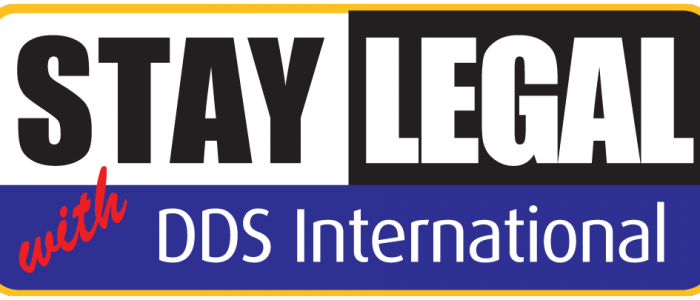
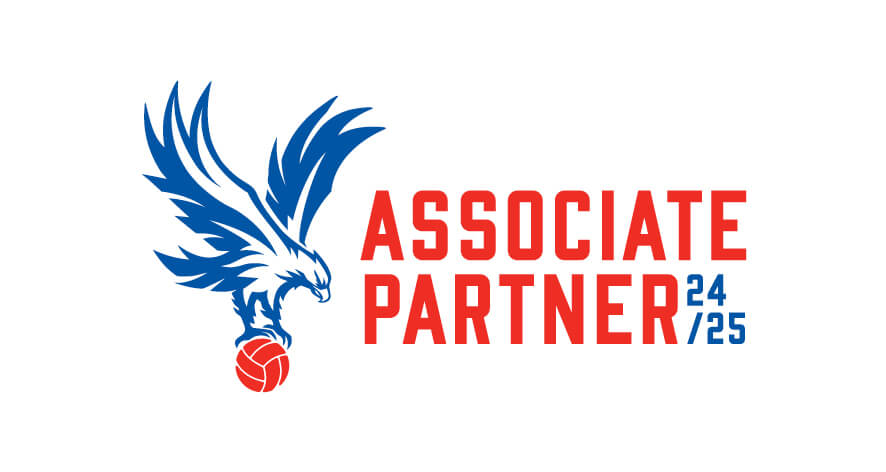
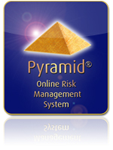


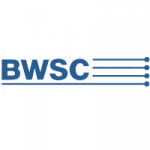
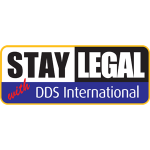

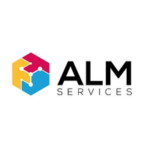
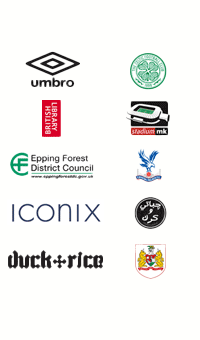
Comments are closed.